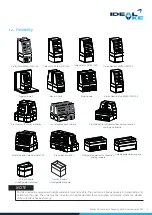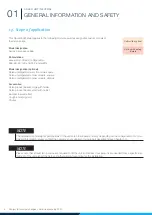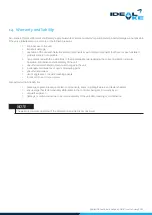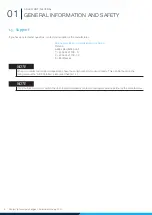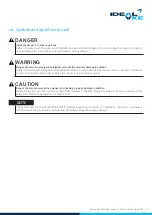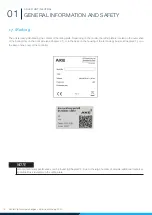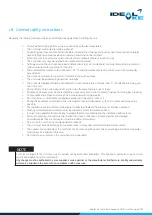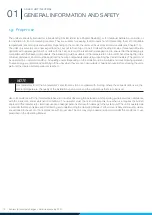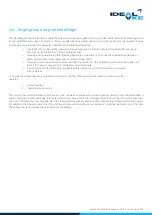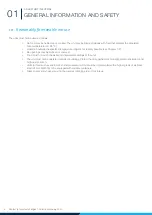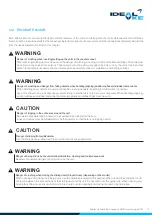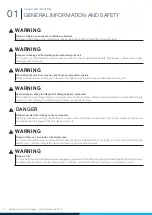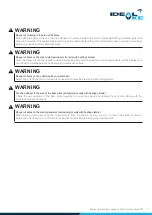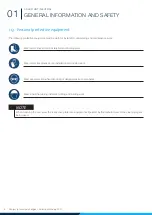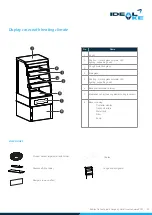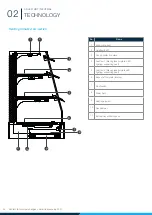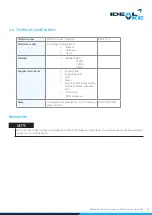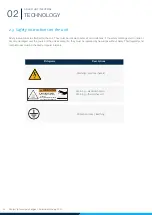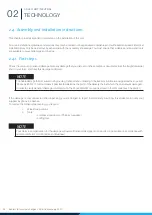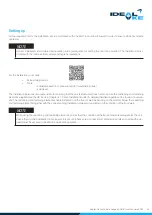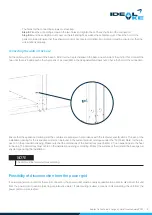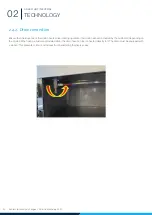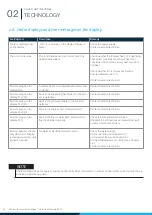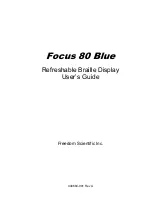
Subject to technical changes | Valid from January 2021
19
CALEO HOT/NEUTRAL
1.14. Transport and packaging
The design of the packaging is dependent on the quote submitted, and is designed individually by agreement. By default, the units are
transported with wood cladding. This cladding protects the units against major damage. Components made of glass are additionally
wrapped with packaging material. Moving parts and glass shelves are given an additional sheath of packaging material. All parts are
positioned and taped safely for transport inside this wood cladding..
Danger from falling objects during transport and installation of the unit
Use adequately dimensioned lashing and clamping devices. When securing the load, observe the permissible vehicle regu
-
lations. The legal traffic regulations of the specific country must be obeyed. The unit may only be transported upright. When
lifting, ensure that nobody is in the danger area. Always lift loads at the centre of gravity. Wear protective gloves and safety
shoes during installation activities.
Danger from falling objects when lifting and unpacking the units
When removing the wood cladding, be aware of possible dangers from wooden parts that might fold back. Bring in another
person to help you if necessary. The unit must be lifted with suitable load lifting equipment, e.g. a forklift. At least four persons
must be employed to manually lift the unit. These persons must be sufficiently strong. Wear protective gloves and safety shoes
during installation and loading activities.
WARNING
WARNING
In the event of a return shipment, the unit must be packed in the original packaging or in the same way suitable for transport.
Furthermore, the unit must be delivered unused, undamaged and complete. The return shipment must be commissioned and paid
for by the customer. Information on correct disposal of the packaging material can be found in Chapter 1.15.
All units must only be transported and stored in the position of use (horizontal). To enable damage that is caused during
loading, transport and unloading to be traced, all units are equipped with a so-called “ShockWatch® 2”. This tool makes it
possible to determine the point of the delivery chain at which the product was damaged, in order to clarify transport damage.
Information on the ShockWatch® concept is stored in the QR code (see Chapter 4.1)..
NOTE

